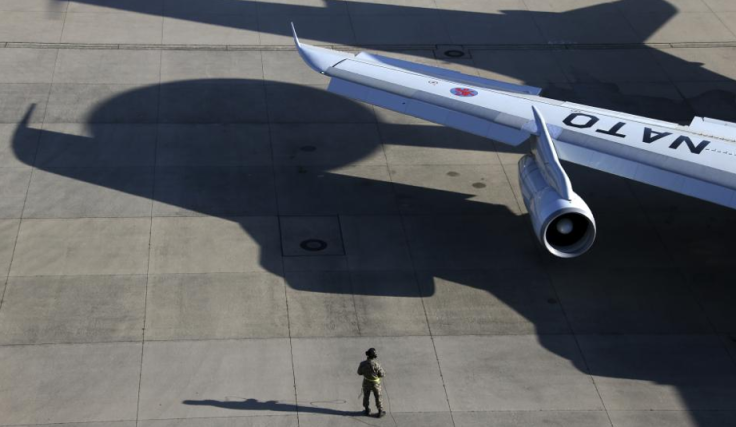The 'Eye In The Sky' To Get An Upgrade Worth 1 Billion Dollars

In November, the US military and Boeing aircraft Corporation agreed to a $1 billion contract to refurbish the aging fleet of surveillance planes that are used worldwide for multiple situations.
The E3, otherwise known as AWACS, was purchased originally in 1977 during the Carter Administration amid the height of the Cold War for $8 billion. While some experts argue that the planes have outlasted their usefulness, it would take an additional 20 years to develop technology that could successfully replace them.
The current contract would upgrade the ancient systems in the aircraft to modern-day specifications, allowing the plane to double the amount of intelligence work that the equipment is capable of doing.
According to a report by Military Times, the contract has not officially been signed as it is expected that President Trump will be using this as a marketing gimmick as NATO meets to celebrate its 70th year of existence. Furthermore, the President is expected to apply pressure to allied nations to increase defense spending. This would be good news for Boeing as it is currently embroiled in quite a bit of controversy regarding issues surrounding its 737 Max passenger planes.
The AWACS plane has seen success in a variety of roles, including everything from natural disasters to current military operations. The plane's recent accomplishment is its role in carrying out attacks against Islamic extremists in Iran. Its most notable feat is when it was used to provide surveillance and aircraft control for the multitudes of military aircraft that took to the skies after all civilian aviation was grounded in the wake of the Sept. 11 attacks.

Questions have been raised about the validity of the plane, though as it is capable of staying aloft for approximately 8 hours. Recent advancements in drone technology have allowed drones that are unmanned to continuously fly for up to 40 hours rendering this platform of aircraft obsolete. This contract is described as the last overhaul for these aircraft, as they are expected to be forcefully retired from service in 2035.
The NATO alliance is expected to begin deliberations on a new system of surveillance technology that is expected to encompass multiple varieties of technology to replace the AWACS in 2022. By upgrading these aircraft and keeping them in service, the alliance is buying itself some time to get a new system developed, and in place, the contract is expected to be completed in 2027.
© Copyright IBTimes 2025. All rights reserved.






















